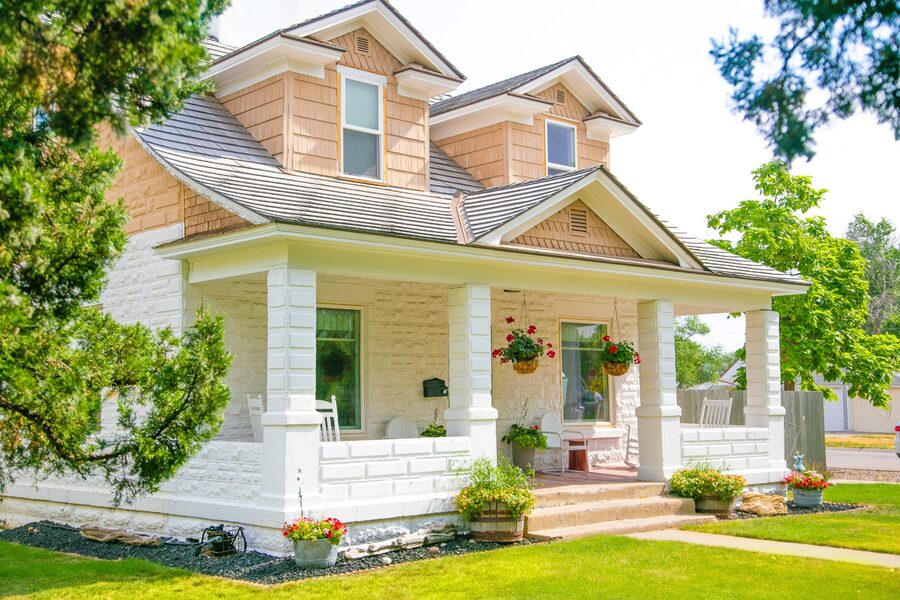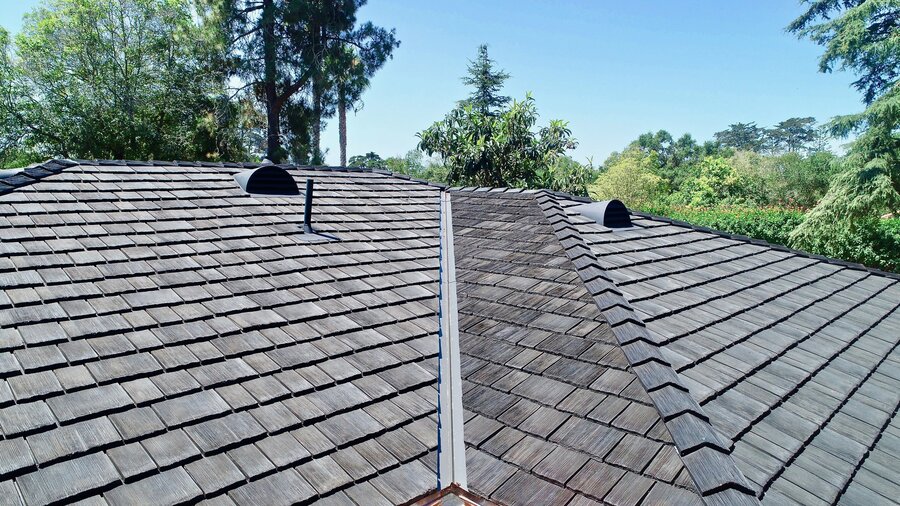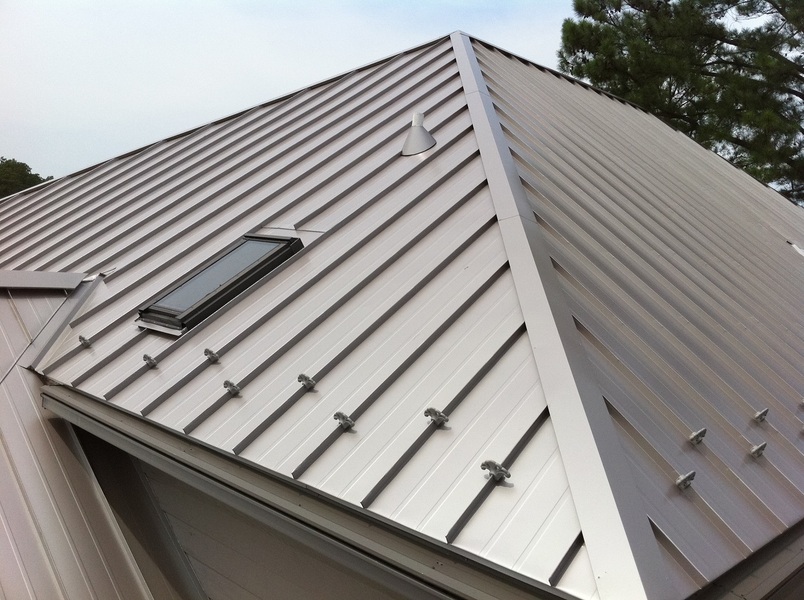Roofing 101: The Complete Guide to Roofing Materials for Homeowners
Roofing 101: The Complete Guide to Roofing Materials for Homeowners

Your home’s roof is its first line of defense against the elements, and choosing the right roofing material is crucial for its protection and durability. With numerous options available, it can be overwhelming for homeowners to select the most suitable material for their roofs.
This comprehensive guide will explore the various roofing materials and help you make an informed decision. Whether you’re considering a roof replacement or building a new home, understanding the characteristics, benefits, and drawbacks of different roofing materials will assist you in selecting the perfect option. Let’s dive into the world of roofing materials.
Asphalt Shingles
Asphalt shingles are the most common and widely used roofing material in the United States. They are affordable, versatile, and available in various colors and styles. Asphalt shingles consist of fiberglass or organic mat coated with asphalt and ceramic granules. They offer excellent durability and can last up to 20-30 years. Additionally, they provide good fire resistance and are relatively easy to install. However, they may not be the best choice for areas with extreme weather conditions.
Metal Roofing
Metal roofing has gained popularity in recent years due to its longevity and aesthetic appeal. It is available in different metals such as steel, aluminum, copper, and zinc. Metal roofs are exceptionally durable, with a lifespan of 40-70 years, and can withstand harsh weather conditions, including heavy rain, snow, and high winds. They are also fire-resistant and energy-efficient, reflecting heat and reducing cooling costs. However, metal roofs can be more expensive than other materials, and the installation process requires professional expertise.
Wood Shingles and Shakes
Wood shingles and shakes are an excellent choice for a classic and rustic look. Commonly made from cedar, redwood, or pine, they provide natural beauty and insulation. Wood shingles are machine-cut, while shakes are hand-split, giving them a textured appearance. These materials are biodegradable and environmentally friendly. However, they require regular maintenance to prevent rot, mold, and insect infestations. Wood roofing is also more susceptible to fire and may not be suitable for areas prone to wildfires.
Slate
Slate roofing offers unmatched elegance and durability. It is a natural stone material formed by compressing layers of sedimentary rock. Slate roofs can last for over a century and are highly resistant to fire, rot, and insects. They provide excellent insulation and require minimal maintenance. However, slate is one of the most expensive roofing materials and requires specialized installation due to its weight. Not all structures can support the load of a slate roof, so consulting with a professional is essential.
Clay and Concrete Tiles
Clay and concrete tiles are popular in Mediterranean and Spanish-style homes, known for their distinctive appearance. These tiles are durable and can last for 50-100 years. They provide excellent insulation, fire-resistant, and require minimal maintenance. Clay and concrete tiles are heavy, so proper structural support is crucial. Additionally, the installation process can be complex, costing more than other materials.
Synthetic Roofing Materials
Synthetic roofing materials, such as composite shingles and rubber slate, mimic the look of natural materials while offering added benefits. Composite shingles are made from a mixture of materials like recycled plastics, rubber, and wood fibers. They are lightweight, durable, and more affordable than natural materials. Rubber slate is a synthetic alternative to traditional slate, offering similar aesthetics and durability at a lower cost. Synthetic roofing materials are often easier to install and require less maintenance.
Choosing the right roofing material for your home significantly impacts its appearance, durability, and long-term value. When choosing, consider your budget, climate, architectural style, and maintenance preferences. Consult a professional roofer to assess your needs and determine the best material for your home.
Whether you opt for traditional asphalt shingles, elegant slate, durable metal, or any other roofing material, investing in a high-quality roof will protect your home and provide peace of mind for years. Take the time to research and make an informed decision, and your roof will stand firm against the elements while enhancing your home’s curb appeal.
Key Takeaways
- Choosing the right roofing material is crucial for the protection and durability of your home.
- Asphalt shingles are affordable and widely used but may not be suitable for extreme weather conditions.
- Metal roofing offers longevity, durability, and energy efficiency but can be more expensive and requires professional installation.
- Wood shingles and shakes provide a classic look but require regular maintenance and are more susceptible to fire.
- Slate roofing offers elegance and durability but is expensive and requires specialized installation.
- Clay and concrete tiles are durable, fire-resistant, and low-maintenance but require proper structural support and complex installation.
- Synthetic roofing materials mimic the look of natural materials, and offer added benefits such as affordability, ease of installation, and low maintenance.





